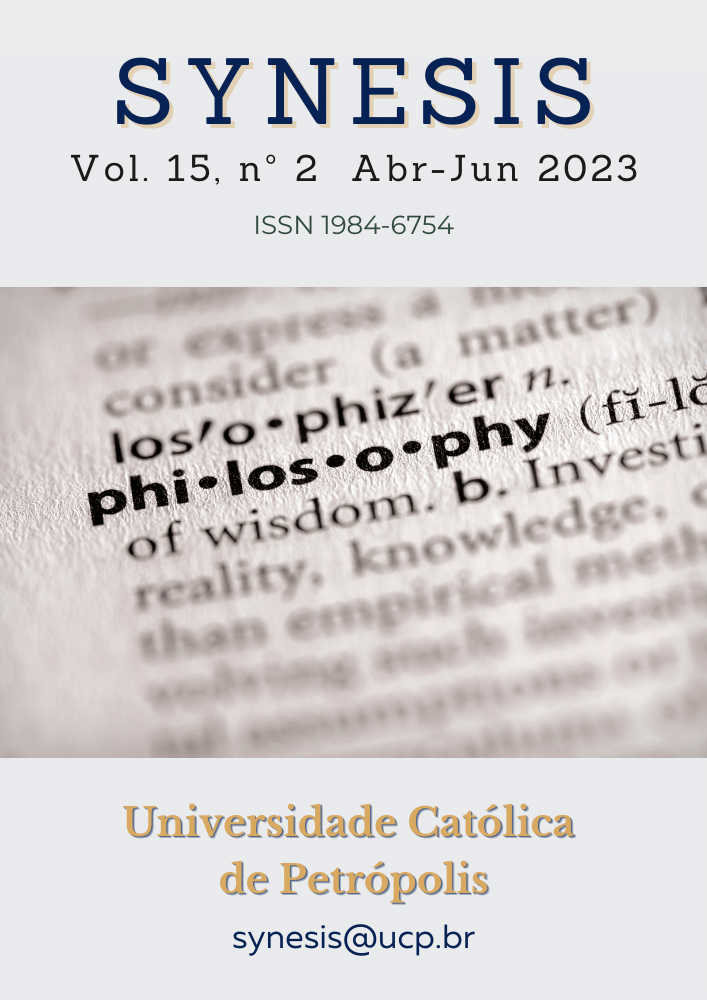Abstract
The article determines that, in the preservation of cultural heritage, lifestyle, an important role is played by the subjects' high assessment of the probability of achieving the result they need through the implementation of traditional models, ways of interaction. If dissatisfaction with the results of interaction is great, but there are no necessary conditions for a phased resolution of contradictions, for changing, developing interpersonal relations within the framework of the existing system, interaction becomes more difficult.It has been determined that the presence of effective models that show the possibility of meeting the requirements for the psyche of a variety of individuals from the side of activity, activating an extended search for mutually acceptable ways to success, depends on the development of the personality and its social relations, the success of interaction between people, socially psychological climate in the team.
References
European Parliament. (2022). Russia's war against Ukraine: Ukrainian students in the EU.https://ukraine.europarl.europa.eu/cmsdata/250612/0134_Briefing_Ukrainian_students.pdf.
Gopaul, B., & Pifer, M. (2016). The Conditions of Movement: A Discussion of Academic Mobility between Two Early Career Scholars. Higher Education Quarterly, 70(3), 225–245. Available at: https://doi.org/10.1111/hequ.12092IIE.
Center for Academic Mobility Research and Impact. (2018). A World on the Move. Trends in Global Student Mobility. Available at: https://www.iie.org/Research-and-Insights/Publications/A-World-on-the-MoveKercher,J. (2021).
International Student Mobility in the wake of COVID-19. The GlobalWindowonHigherEducation.Availableat:https://www.universityworldnews.com/post.php?story=20211122121828241
Kim,T. (2017). Academic mobility, transnational identity capital and stratification under conditions of academic capitalism. Higher Education, 73, 981–997. https://doi.org/10.1007/s10734-017-0118-0
Koris,R., Mato-Diaz,F.J.,& Hernández-Nanclares,N. (2021). From real to virtual mobility: Erasmus students’ transition to online learning amid the COVID-19 crisis. European Educational Research Journal, 6 https://doi.org/10.1177/14749041211021247
Kovbatiuk,M.,& Shevchuk,V. (2020). Academic Mobility of Students under the Conditions of Development of Educational Integration. Herald UNU International Economic Relations and World Economy, 30DOI: https://doi.org/10.32782/2413-9971/2020-30-17
Liu,D., Che,S.,& Zhu,W. (2022). Visualizing the Knowledge Domain of Academic Mobility Research from2010 to2020: A Bibliometric Analysis Using Cite Space. SAGEOpen.Availableat:https://journals.sagepub.com/doi/10.1177/21582440211068510
Liu,S., Liang,W., Onuma,M., & Rithkerd,T. (2022). A study of the academic challenges faced by the Western students in Chinese universities. International JournalofEducationalDevelopment,90.Availableat:https://doi.org/10.1016/j.ijedudev.2022.102557
Ministry of Education and Science of Ukraine (2021) Foreign students in Ukraine. Ukrainian State Center of International Education. Available at: https://studyinukraine.gov.ua/zhittya-v-ukraini/inozemni-studenti-v-ukraini/
National Office Erasmus (2021). Overview of New Opportunities within EU-Funded Programme Erasmus+ 2021–2027. https://erasmusplus.org.ua/wp-content/uploads/2022/08/ukraine-under-erasmus_december_1_1_2021.pdf
National Office Erasmus+UA (2021) Participation of Ukrainian organizations in the EU-Funded Programme Erasmus+ 2014–2020. https://erasmusplus.org.ua/wp-content/uploads/2019/10/Ukraine%20under%20Erasmus_June_17_2021.pdf
Pedersen,T.D. (2021). Mobilising international student Mobility: Exploring policy enactments in teacher education in Norway. European Journal of Education Research, Development and Policy, 56(2), 292–306. Available at: https://doi.org/10.1111/ejed.12451
Savitska,V.,& Livitska,N. (2022). Academic Mobility of Students in the Conditions of Digitalization of Higher Education. Adam Marszałek Publishing House [Wydawnictwo Adam Marszałek]. https://www.academia.edu/75746088/ACADEMIC_MOBILITY_OF_STUDENTS_IN_THE_CONDITIONS_OF_DIGITALIZATION_OF_HIGHER_EDUCATION
Shvydun,L. (2021). Educational mobility in the conditions of the pandemic. Multiversum Philisophical almanac, 1(173), 155–173. DOI: https://doi.org/10.35423/2078-8142.2021.1.1.11
Silva,M., Arruda,M., Zwierewicz,M., Stefenon,S., Ferreira,F., Klaar,A., & Yamaguchi,C. (2020). The Mobility of Professors in Performing Distance Education Activities. International Journal for Innovation Education and Research, 8(4), 514–526. https://www.academia.edu/es/45194773/The_Mobility_of_Professors_in_Performing_Distance_Education_Activities
Stoicheva,M. (2022). Academic Cooperation and Mobility: in the Context of the COVID-19 Pandemic. “Az-buki” Newspaper, 94(3), 25–33. https://doi.org/10.53656/ped2022-3s.02

This work is licensed under a Creative Commons Attribution-NonCommercial-NoDerivatives 4.0 International License.
Copyright (c) 2023 Synesis (ISSN 1984-6754)
